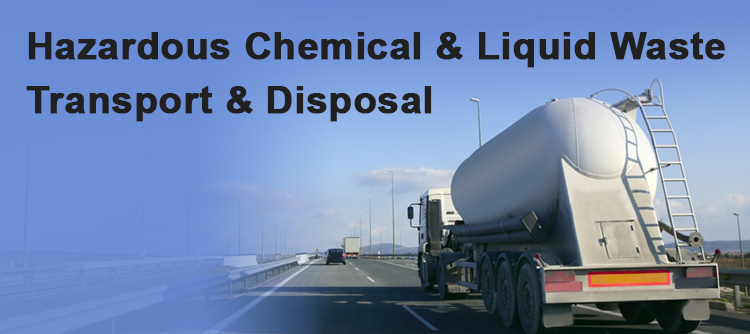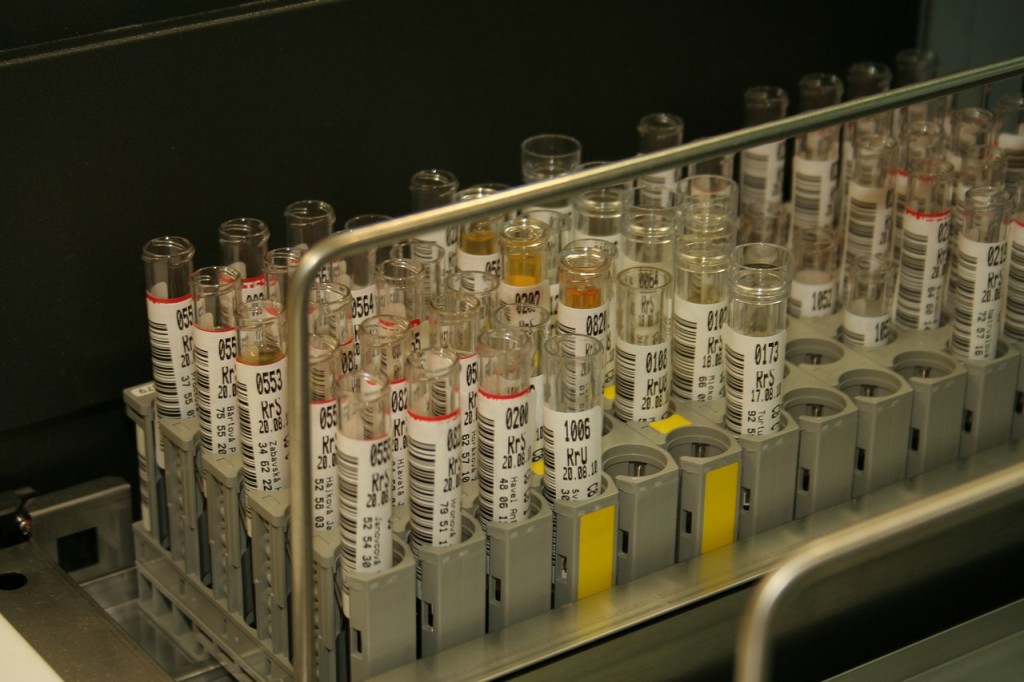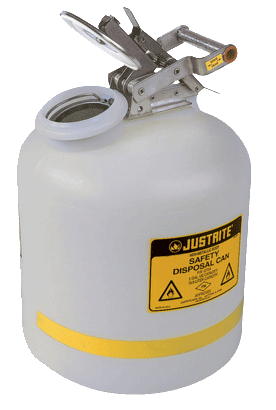Industrial Wastewater Treatment: Advanced Techniques for Effective Administration
Industrial Wastewater Treatment: Advanced Techniques for Effective Administration
Blog Article
How Liquid Waste Disposal Works: A Detailed Summary of Methods and Technologies Used

Introduction of Liquid Waste Types
The intricacy of liquid waste types demands a detailed understanding of their qualities and ramifications for disposal. Fluid waste can extensively be categorized right into several kinds, consisting of industrial, municipal, farming, and unsafe waste. Each classification displays distinct homes, calling for specific monitoring techniques to alleviate ecological and health risks.
Industrial liquid waste originates from manufacturing procedures and frequently contains a variety of pollutants, such as heavy steels, solvents, and organic compounds. Local liquid waste, mostly consisting of wastewater from houses and business facilities, includes raw material, nutrients, and microorganisms (industrial wastewater treatment). Agricultural fluid waste, consisting of overflow from farms, might consist of fertilizers, chemicals, and pet waste, positioning dangers to water quality and ecosystems
Hazardous fluid waste is defined by its toxicity, reactivity, or possible to cause damage. Understanding these varied liquid waste kinds is essential for creating efficient disposal methods and ensuring compliance with ecological guidelines.
Physical Treatment Techniques

Screening is the first action, where bigger particles and particles are eliminated from the liquid waste making use of screens or grates. In sedimentation containers, much heavier particles resolve at the bottom, forming a sludge layer, while the clarified liquid can be additional treated.
Filtration is another vital approach that entails passing the liquid via permeable products, such as sand or membrane layers, to record smaller particles. This action enhances the quality of the fluid, making it appropriate for succeeding treatment procedures.

Chemical Treatment Strategies
Chemical treatment techniques are essential for efficiently managing liquid waste, especially in dealing with dissolved and colloidal pollutants that physical methods may not properly get rid of. These methods use various chemical agents to counteract, precipitate, or transform harmful materials right into much less damaging forms.
One typical technique is coagulation and flocculation, where chemicals such as alum or ferric chloride are contributed to promote the gathering of put on hold bits. This procedure improves sedimentation, allowing for much easier removal of the resulting sludge. Additionally, oxidation processes, using representatives like chlorine or ozone, are employed to damage down complicated organic compounds and pathogens, providing the waste safer for discharge or further therapy.
Neutralization is another vital technique, which readjusts the pH of acidic or alkaline waste streams to neutral levels, preventing possible damage to downstream systems and the setting. In addition, progressed oxidation procedures (AOPs) use mixes of oxidants and ultraviolet read this article light to break down consistent contaminants, attaining a greater degree of therapy effectiveness.
Organic Therapy Processes
Organic treatment procedures play a vital duty in the administration of fluid waste by making use of microbes to decay raw material and minimize pollutant levels. These processes can be broadly classified right into anaerobic and cardio treatments, each using specific microbial neighborhoods to attain reliable waste deterioration.
Aerobic treatment includes making use of oxygen to promote the failure of organic products by bacteria. This procedure is frequently carried out in activated sludge systems, where oygenation storage tanks give a conducive environment for microbial growth, resulting in the oxidation of natural pollutants. The resultant biomass can be separated from treated effluent with sedimentation.
On the other hand, anaerobic treatment takes place in the lack of oxygen, relying upon various bacteria to damage down natural matter. This approach is specifically beneficial for high-strength waste, as it creates biogas, a renewable resource source, while reducing sludge production. Technologies such as anaerobic digesters are regularly used in industrial and metropolitan applications.
Both anaerobic and aerobic biological treatments not just decrease the environmental effect of liquid waste but likewise help with resource recuperation, making them important components of lasting waste administration strategies. Their performance, effectiveness, and these details adaptability sustain their prevalent application across various sectors.
Emerging Technologies in Disposal
Innovative methods to fluid garbage disposal are quickly advancing, driven by developments in innovation and a raising emphasis on sustainability. Amongst these emerging innovations, membrane layer bioreactors (MBRs) have actually obtained grip for their capacity to incorporate organic therapy with membrane layer filtration, resulting in top notch effluent that can be reused in numerous applications. MBRs make it possible for smaller sized footprints and more reliable operations contrasted to standard systems.
Another promising growth is the use of anaerobic food digestion incorporated with nutrient healing technologies, which not just deals with fluid waste however also produces biogas and recuperates useful nutrients like nitrogen and phosphorus. This twin advantage enhances resource efficiency and decreases ecological impact.
Furthermore, progressed oxidation procedures (AOPs) are being embraced for the degradation of complex natural pollutants. These approaches utilize effective oxidants and drivers to damage down pollutants at the molecular degree, offering an extremely reliable option for difficult waste streams.
In addition, the combination of expert system and artificial intelligence in waste monitoring systems is maximizing operational performance and predictive upkeep, bring about decreased expenses and enhanced ecological compliance. These technologies reflect a significant shift in the direction of even more lasting and efficient fluid waste disposal techniques.
Verdict
To conclude, reliable fluid waste disposal necessitates a comprehensive understanding of different methods see post and technologies. The combination of physical, chemical, and biological therapy approaches guarantees the reliable monitoring of diverse waste kinds. In addition, the introduction of innovative technologies improves treatment efficiency and promotes sustainability in waste management techniques. By continually progressing these approaches, it becomes feasible to deal with the growing challenges connected with liquid waste, ultimately adding to environmental management and resource recuperation.
Liquid waste disposal is a critical facet of ecological monitoring, requiring a thorough understanding of various strategies and modern technologies tailored to various waste kinds. Fluid waste can broadly be categorized into a number of kinds, including industrial, metropolitan, agricultural, and unsafe waste. Agricultural liquid waste, consisting of drainage from ranches, might consist of plant foods, chemicals, and pet waste, posturing threats to water quality and ecological communities.
Different physical therapy methods play a critical duty in taking care of liquid waste effectively - industrial wastewater treatment.In verdict, efficient liquid waste disposal necessitates an extensive understanding of different techniques and technologies
Report this page